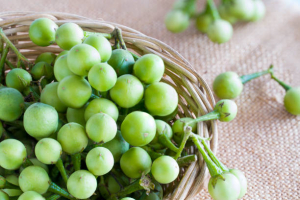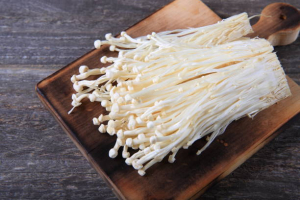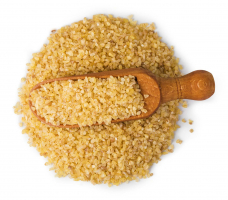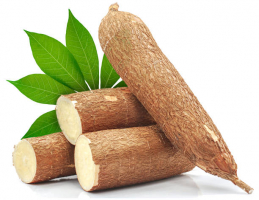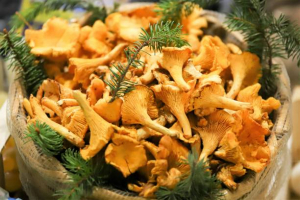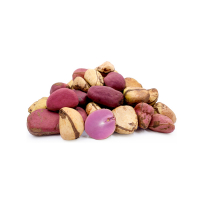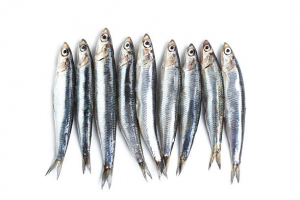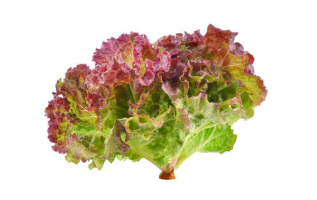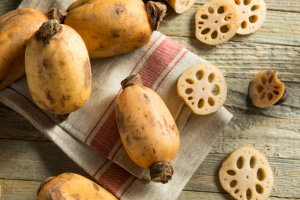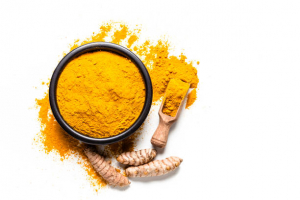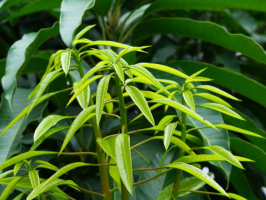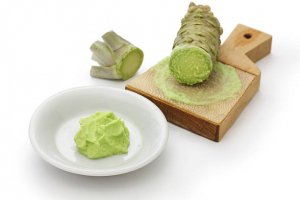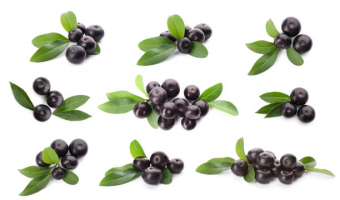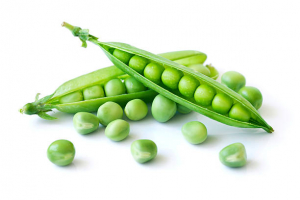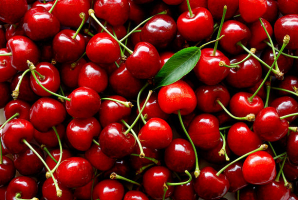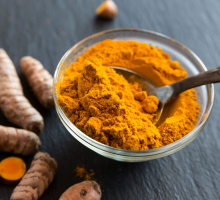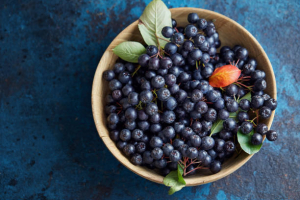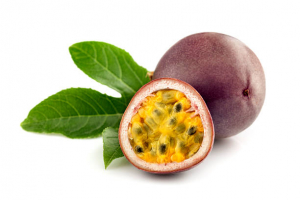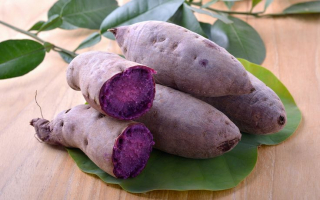Top 10 Health Benefits of Kale
Kale reigns first among the superfood greens. It is unquestionably one of the healthiest and most nutrient-dense plant foods available. Kale has a variety of ... read more...beneficial compounds, some of which have medicinal properties. Here are some scientifically verified kale health benefits!
-
Kale is a common vegetable that belongs to the cabbage family. Cabbage, broccoli, cauliflower, collard greens, and Brussels sprouts are all cruciferous vegetables. Kale is one of the most nutrient-dense vegetables available. Consuming extra kale is an excellent way to boost your diet's total nutrient content.
Kale comes in a variety of kinds. Green or purple leaves with a smooth or curly shape are available. Curly kale, also known as Scots kale, is the most common type of kale, with green and curly leaves and a hard, fibrous stem. A single cup of raw kale (about 67 grams or 2.4 ounces) includes the following nutrients: Vitamin A: 206% of the DV (from beta-carotene); Vitamin K: 684% of the DV; Vitamin C: 134% of the DV; Vitamin B6: 9% of the DV; Manganese: 26% of the DV; Calcium: 9% of the DV; Copper: 10% of the DV; Potassium: 9% of the DV and Magnesium: 6% of the DV. Vitamin B1 (thiamin), vitamin B2 (riboflavin), vitamin B3 (niacin), iron, and phosphorus all have 3% or greater of the daily value.
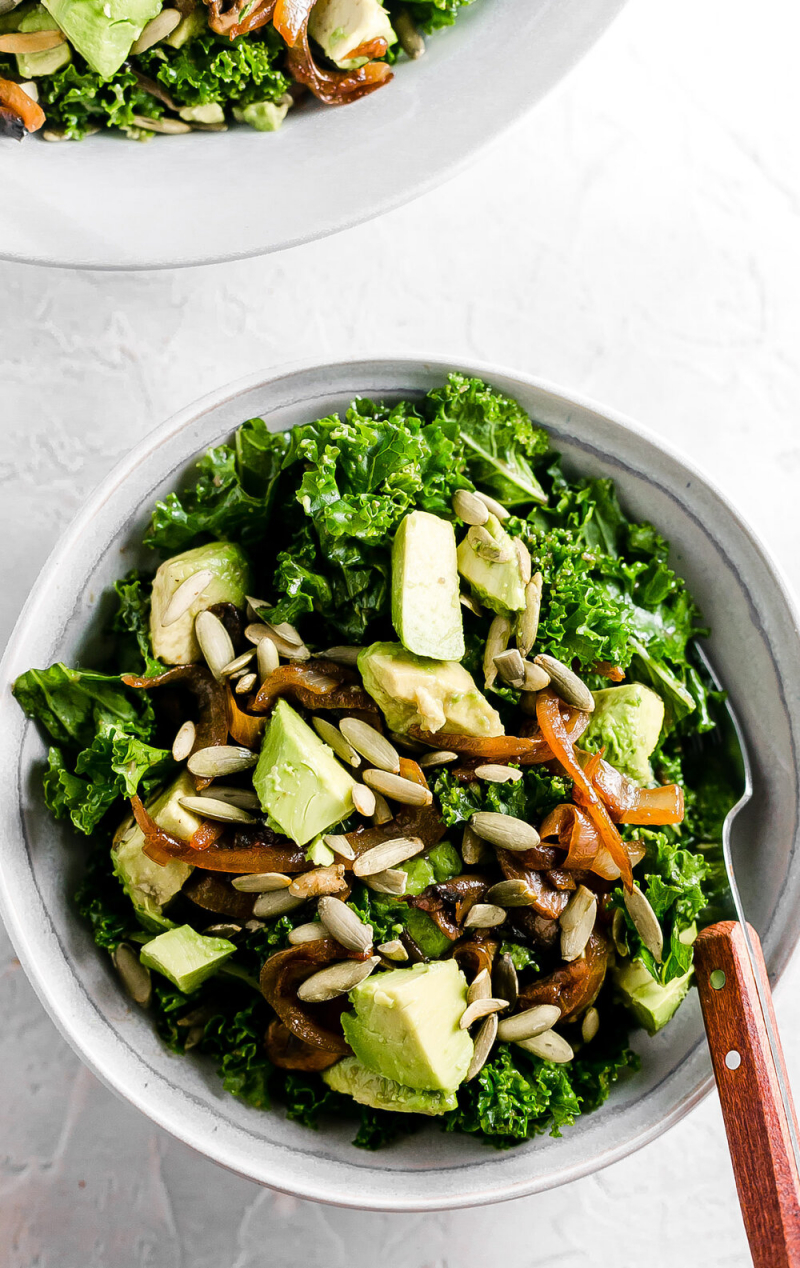
Kale is one of the world's most nutrient-dense foods 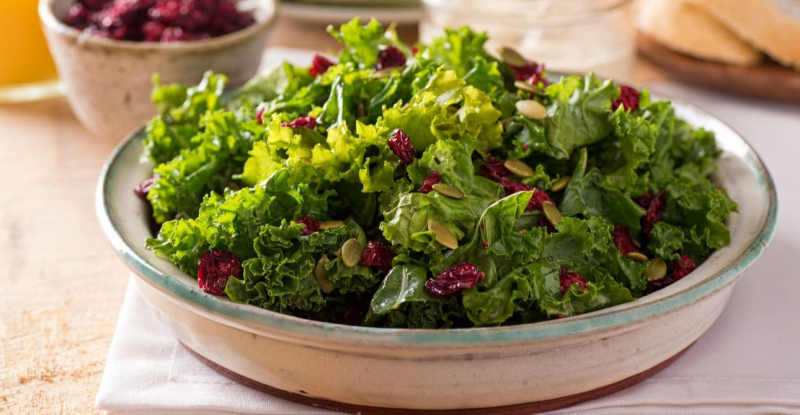
Kale is one of the world's most nutrient-dense foods -
Like other leafy greens, kale contains many potent antioxidants, such as quercetin and kaempferol, which offer various health benefits.
Beta-carotene and vitamin C, as well as flavonoids and polyphenols, are found in kale. Antioxidants are substances that help the body fight oxidative damage caused by free radicals. One of the primary causes of aging and many illnesses, including cancer, is oxidative damage. However, many antioxidants also have other crucial roles. The flavonoids quercetin and kaempferol, which are present in relatively large amounts in kale, are among them. These substances have been thoroughly investigated in test tubes and on animals. They have potent anti-inflammatory, anti-viral, anti-depressant, and anti-cancer properties.
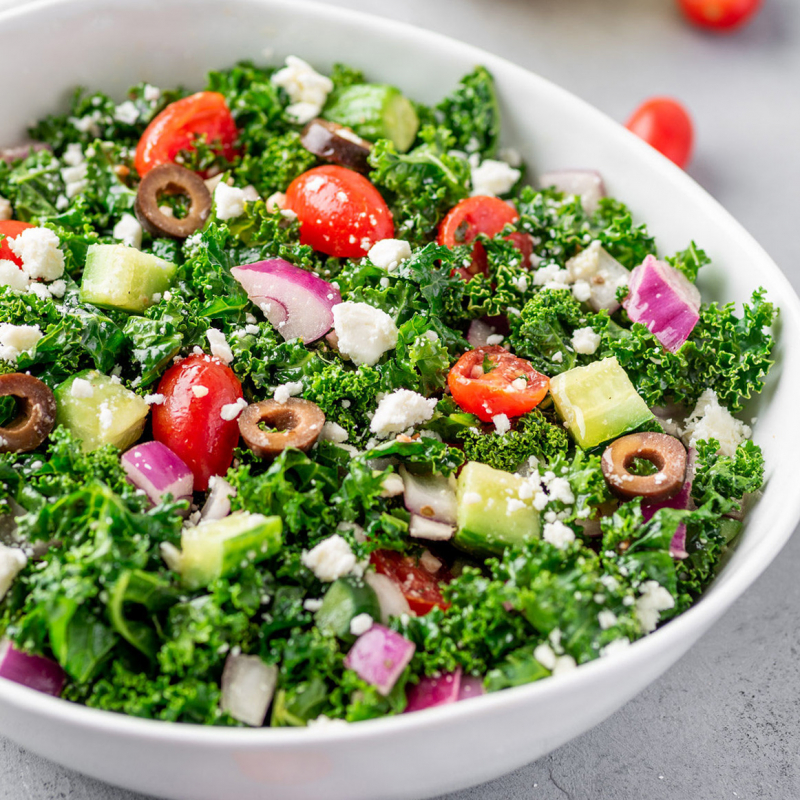
Quercetin and Kaempferol are powerful antioxidants found in kale 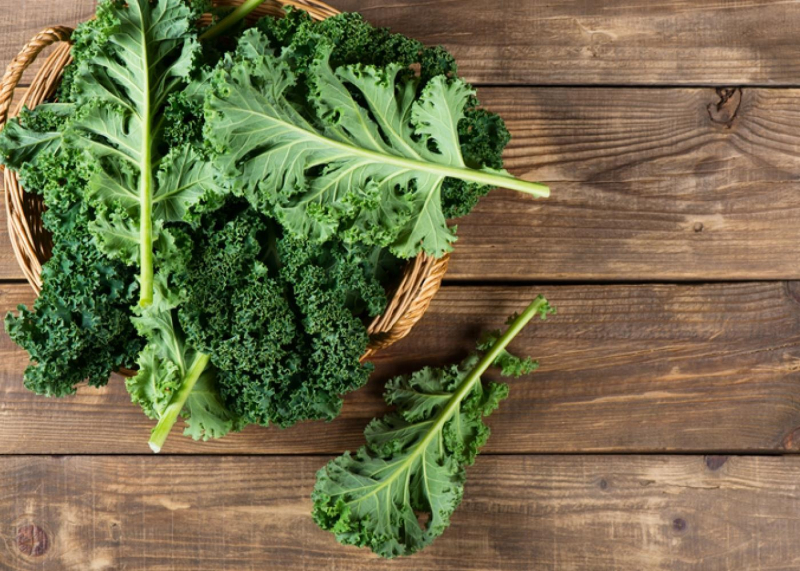
Quercetin and Kaempferol are powerful antioxidants found in kale -
Kale is high in fiber, antioxidants, calcium, vitamin K, iron, and a variety of other nutrients that can aid in the prevention of a range of diseases. Kale also contains vitamin C. Vitamin C helps the body build and retain collagen, a protein that gives skin, hair, and bones structure.
Vitamin C is a water-soluble antioxidant that has a variety of roles in the body's cells. It is required for the creation of collagen, the most abundant structural protein in the body, for example. Kale has a lot more vitamin C than most other veggies, roughly 4.5 times more than spinach. Kale is actually one of the greatest sources of vitamin C on the planet. A cup of raw kale has more vitamin C in it than an orange.
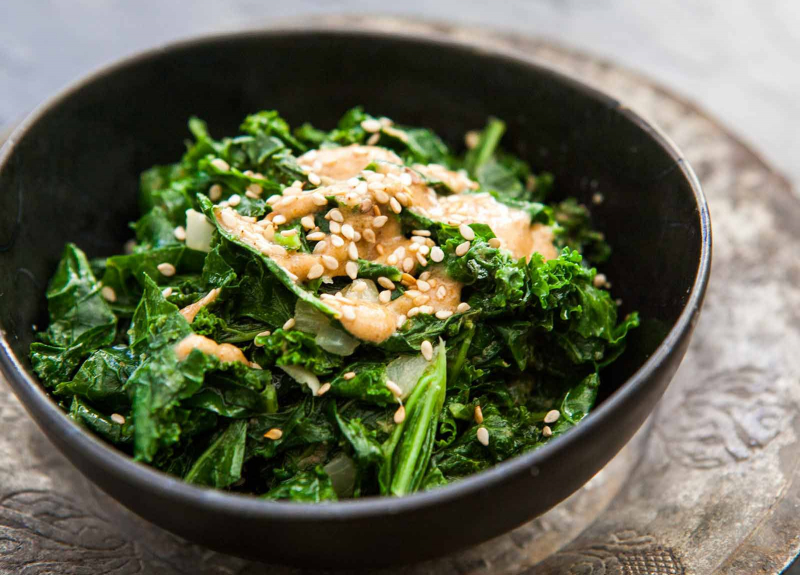
It's a great source of vitamin C 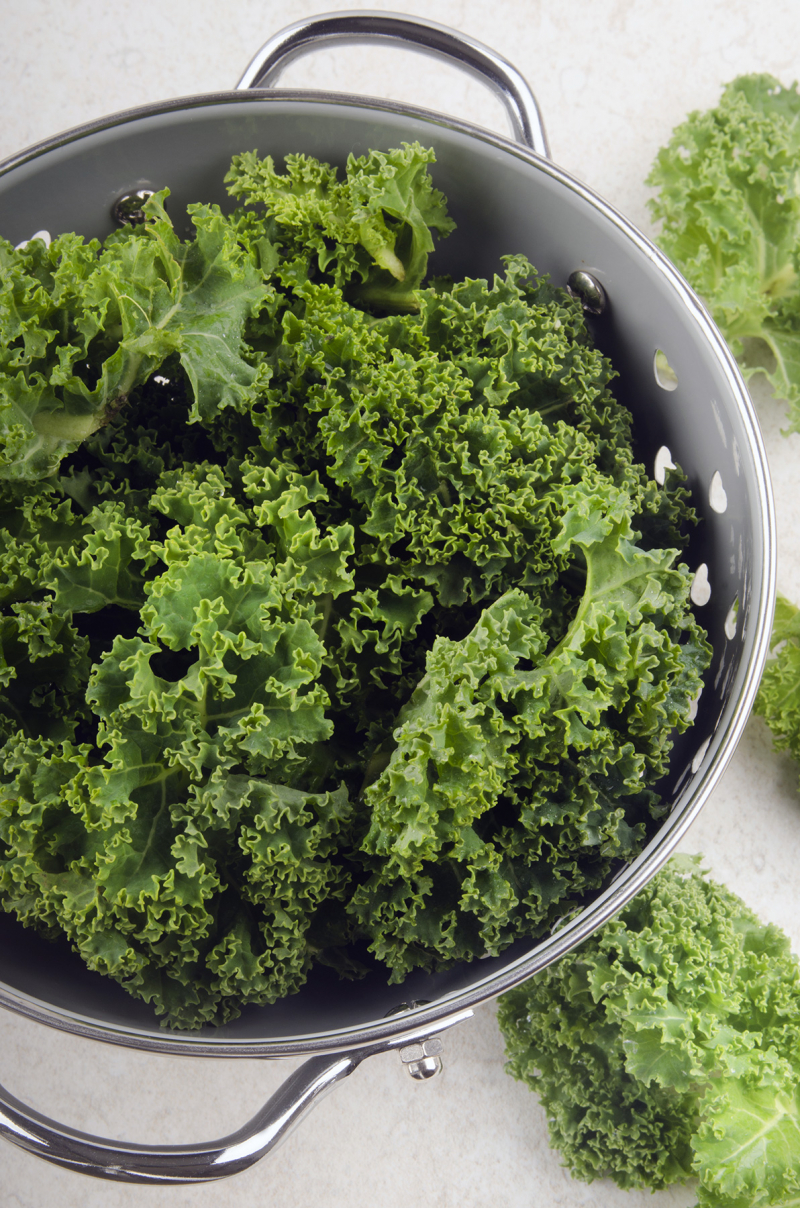
It's a great source of vitamin C -
Cholesterol has many important roles in the body. It is utilized to create bile acids, which are substances that aid in the digestion of fats. When you consume a fatty meal, your liver converts cholesterol into bile acids, which are subsequently released into your digestive system. When all of the fat has been digested, the bile acids are reabsorbed into the circulation and utilized again. Bile acid sequestrants are substances that bind to bile acids in the digestive system and prevent them from being reabsorbed. This lowers overall cholesterol levels in the body.
Bile acid sequestrants found in kale can help decrease cholesterol levels. Over time, this might lead to a lower risk of heart disease. Drinking kale juice every day for 12 weeks boosted HDL (the "good") cholesterol by 27% and decreased LDL cholesterol by 10%, while also improving antioxidant status, according to one research. Steaming kale greatly increases the bile acid-binding effect, according to another research. Steamed kale is 43% as effective as cholestyramine, a cholesterol-lowering medication in a similar way.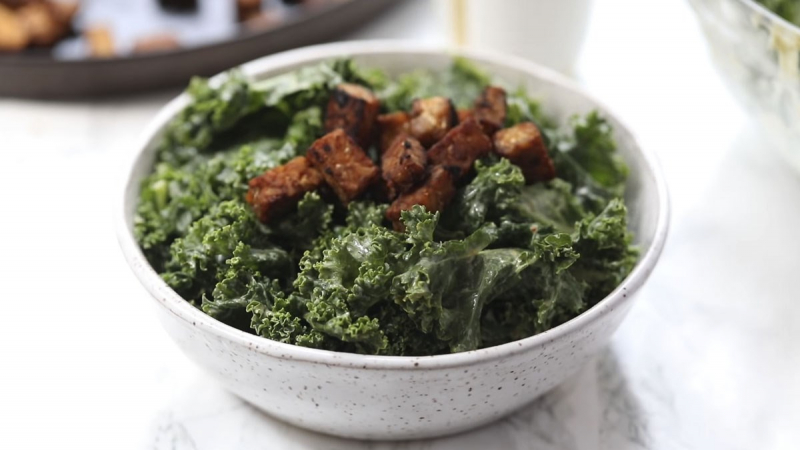
Kale can aid in the reduction of cholesterol, which may lower the risk of heart disease. 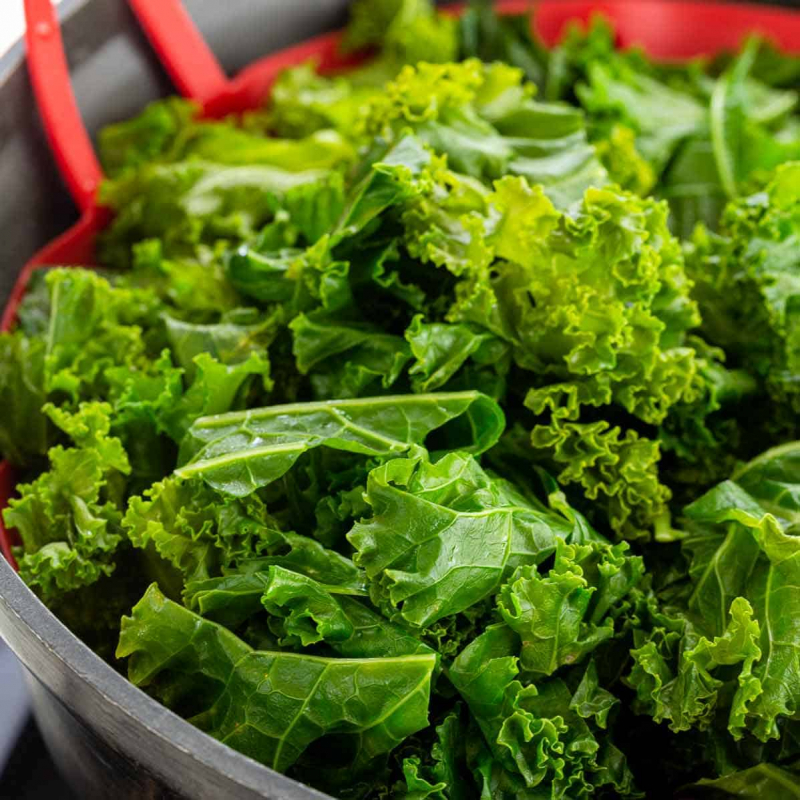
Kale can aid in the reduction of cholesterol, which may lower the risk of heart disease. -
Leafy green and others, like collard greens and kale, top the charts when it comes to vitamin K. According to some research, a cup of cooked kale has over five times an adult's daily vitamin K requirement, 15–18% of their calcium requirement, and around 7% of their phosphorus requirement.
Kale is one of the greatest sources of vitamin K in the world. When you're bleeding, vitamin K helps your blood coagulate. So warfarin sufferers should consume roughly the same dose of vitamin K each day. Vitamin K also aids in the formation of healthy bones. Vitamin K1 is not the same as vitamin K2 and is found in kale. Fermented soy meals and certain animal products contain K2. It assists in the prevention of heart disease and osteoporosis.
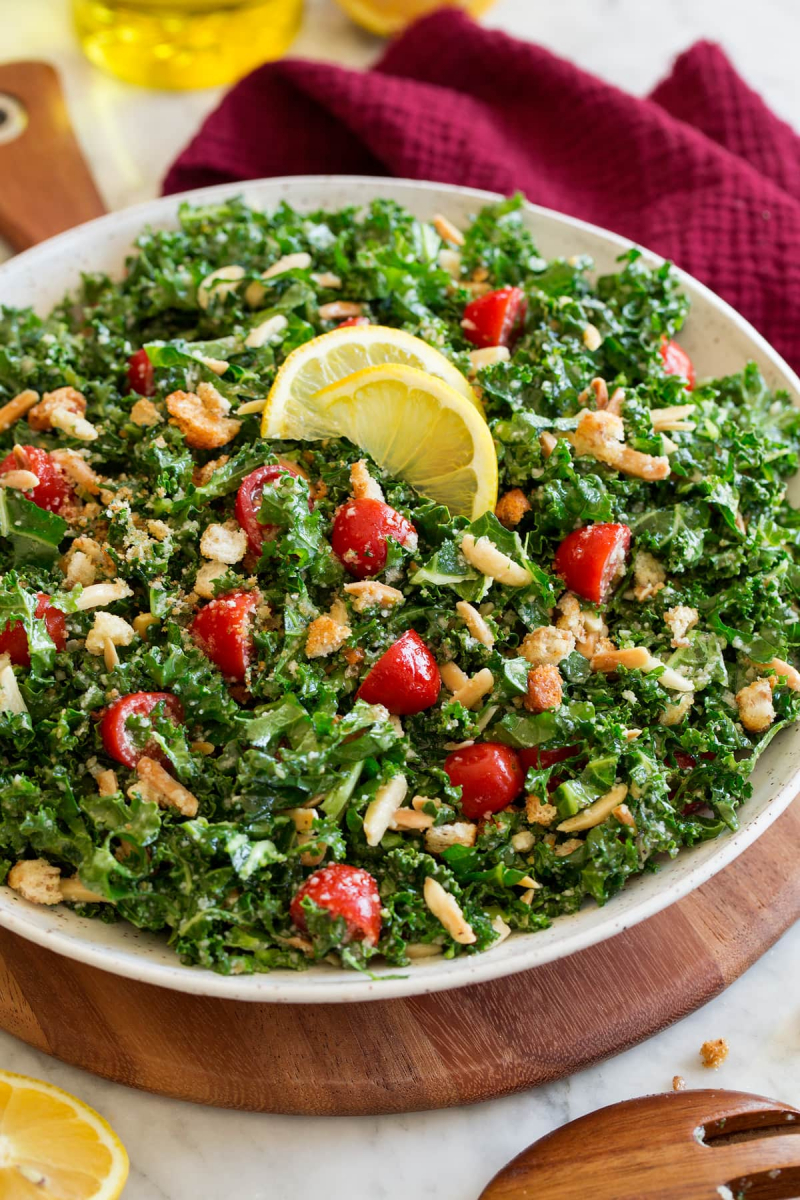
Kale is one of the best sources of vitamin K in the world 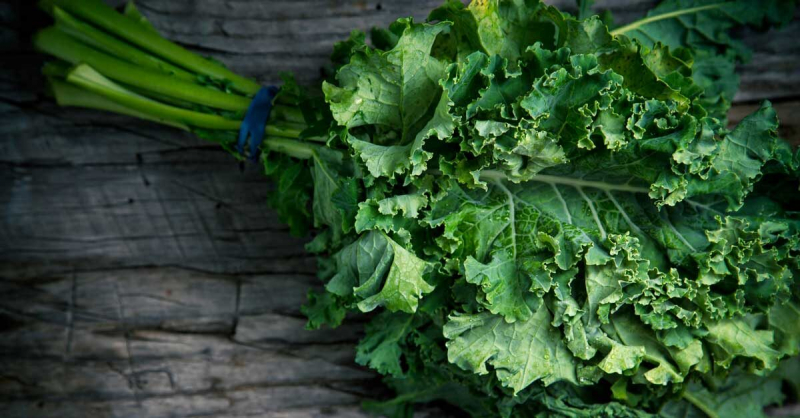
Kale is one of the best sources of vitamin K in the world -
Cancer is a painful disease that is characterized by uncontrolled cell growth. Kale contains a number of substances that are thought to have cancer-fighting properties. Sulforaphane is one of them, a substance that has been demonstrated to help prevent cancer at the molecular level. It also includes indole-3-carbinol, a substance that is thought to aid in cancer prevention.
Lutein, zeaxanthin, and vitamins C, E, and K are all found in kale. These are vitamins and phytochemicals that aid iron absorption in the body. They also bind to harmful cholesterol, assisting your body in removing it. Kale also includes the phytochemical glucosinolate, which has been shown can cause cell death in tumors. Although the evidence in people is inconsistent, studies have suggested that cruciferous vegetables (including kale) may reduce the risk of certain cancers.
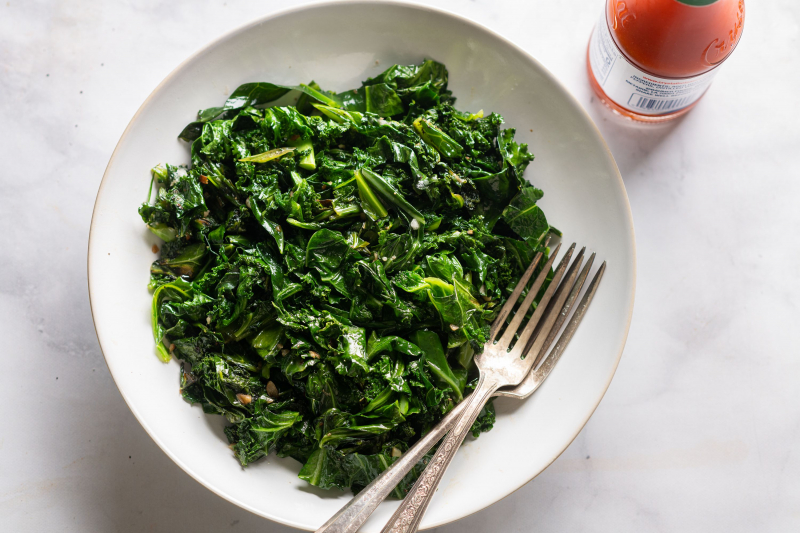
Kale has a variety of cancer-fighting substances 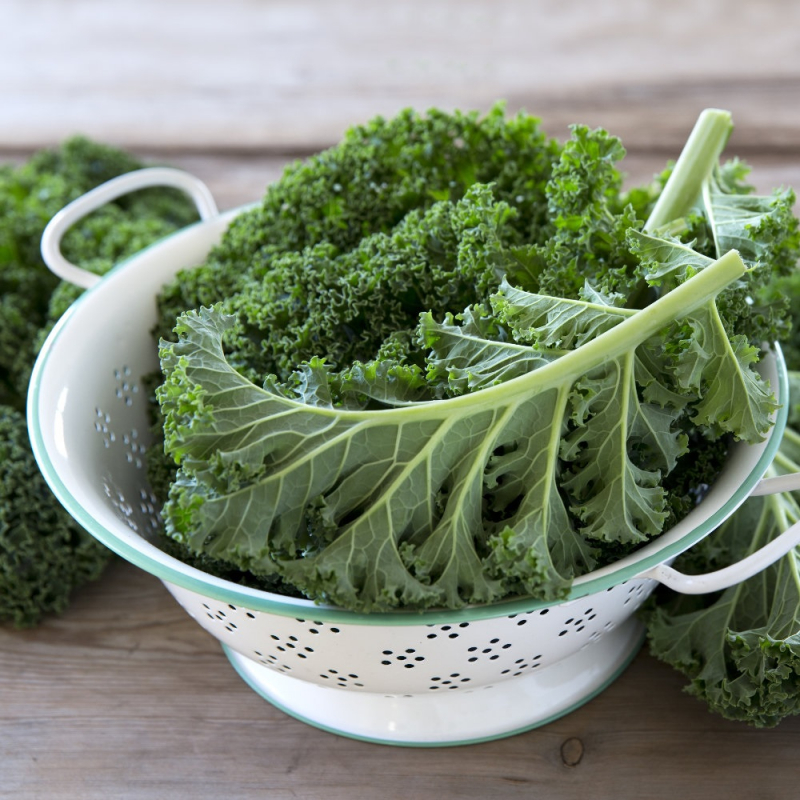
Kale has a variety of cancer-fighting substances -
Carrots and other orange vegetables frequently come to mind when people think of beta-carotene. But this yellow-orange carotenoid may be found in a variety of different vegetables. Kale, for example, is high in beta-carotene, an antioxidant that the body may convert to vitamin A.
According to USDA data, just 100 grams (3.5 ounces) of raw kale has 5.9 milligrams of beta-carotene, which is almost 70% of the amount of beta-carotene found in a 100-gram serving of raw carrots. Cooked kale has significantly more beta-carotene than raw kale, because of the reduction in water content caused by heat: roughly 8.2 milligrams per 100 grams. As a result, kale can be an effective way to boost your body's levels of vitamin A.
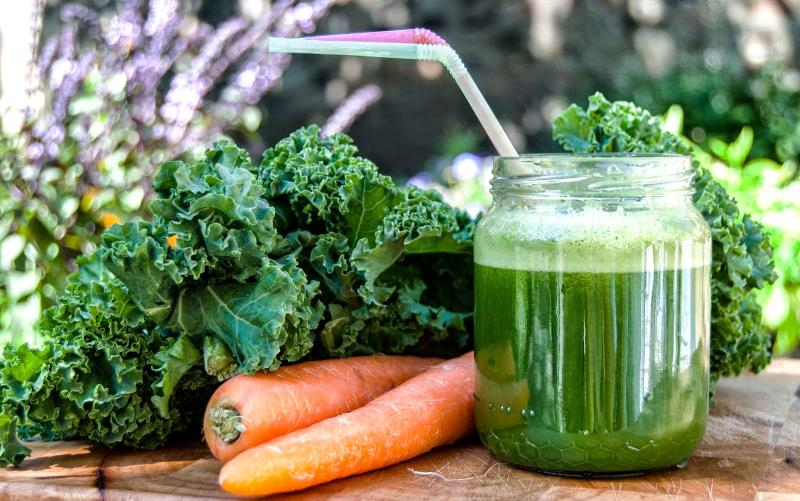
Kale is very high in Beta-Carotene 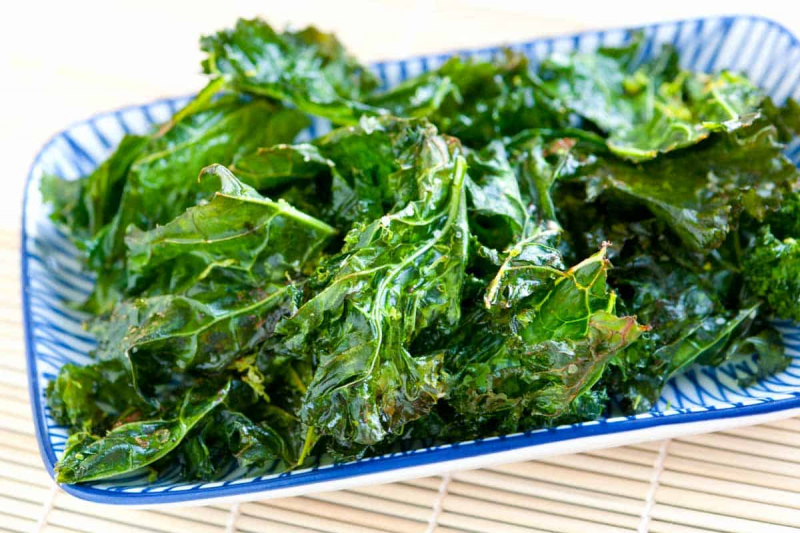
Kale is very high in Beta-Carotene -
Kale is more popular than ever, and it's packed with vitamins and minerals. Kale contains a variety of important minerals, some of which are commonly deficient in modern diets. Calcium, potassium, and magnesium are among them.
Especially, it's a good plant-based source of calcium, which is essential for bone health and is involved in a variety of cellular functions. It also contains a good amount of magnesium, an essential mineral that most people don't get enough of. Magnesium intake may protect against type 2 diabetes and heart disease. Kale is also high in potassium, a mineral that aids in the maintenance of electrical gradients in the body's cells. Potassium intake that is enough has been related to decreased blood pressure and a reduced risk of heart disease.
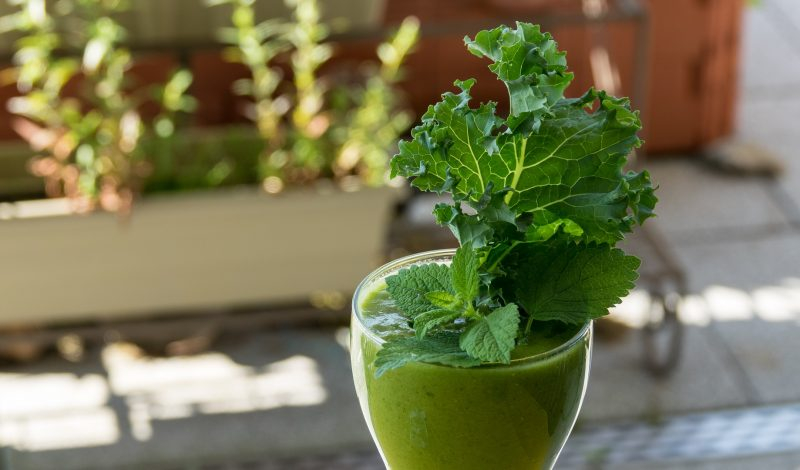
Kale is a good source of minerals that the majority of people lack 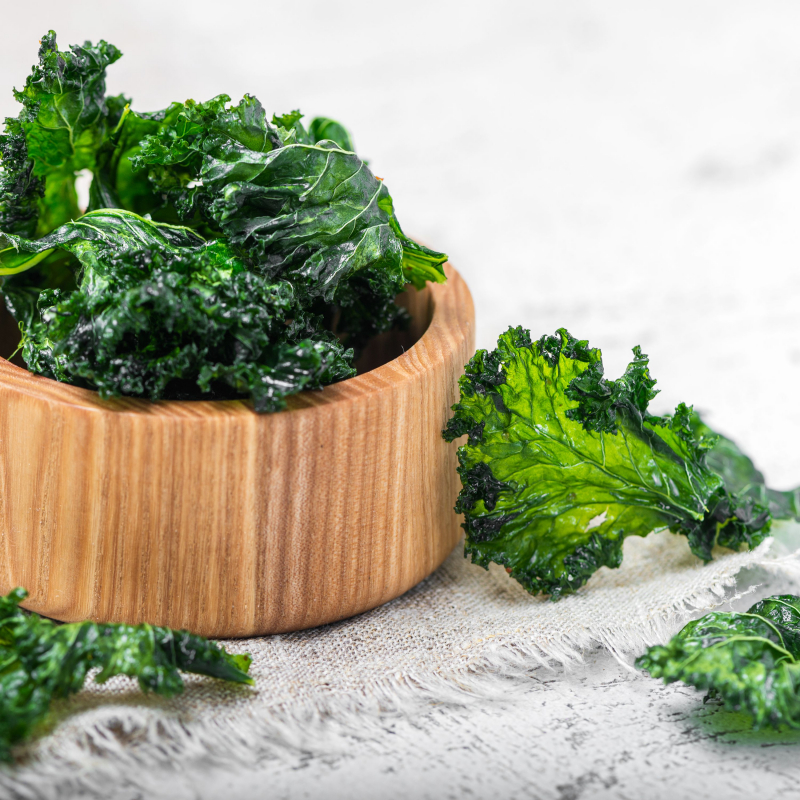
Kale is a good source of minerals that the majority of people lack -
Low vision is one of the most typical side effects of aging. Fortunately, there are a number of substances in the diet that can help avoid this. Lutein and zeaxanthin, carotenoid antioxidants present in considerable amounts in kale and other foods, are two of the most important.
The dark green color of kale conceals a wealth of minerals, including high quantities of lutein. One cup of raw kale has roughly 11 milligrams of calcium, which is about twice the amount linked to health benefits. However, cooking kale reduces its lutein content by roughly half, but the total still meets your daily requirement. Many studies have indicated that eating enough lutein and zeaxanthin lowers the risk of macular degeneration and cataracts, two prevalent eye disorders. Dark leafy greens, peas, summer squash, pumpkin, brussels sprouts, broccoli, asparagus, lettuce, carrots, and pistachios are all high in lutein and zeaxanthin.
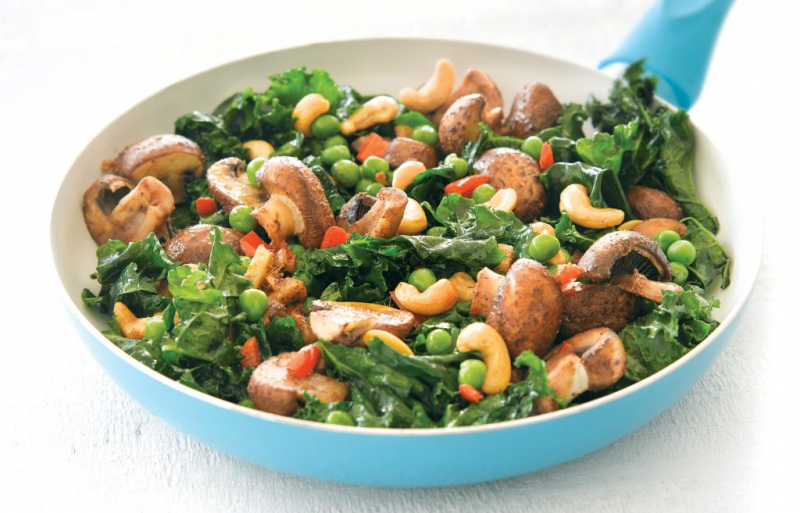
Lutein and Zeaxanthin, which are powerful antioxidants, are high in kale 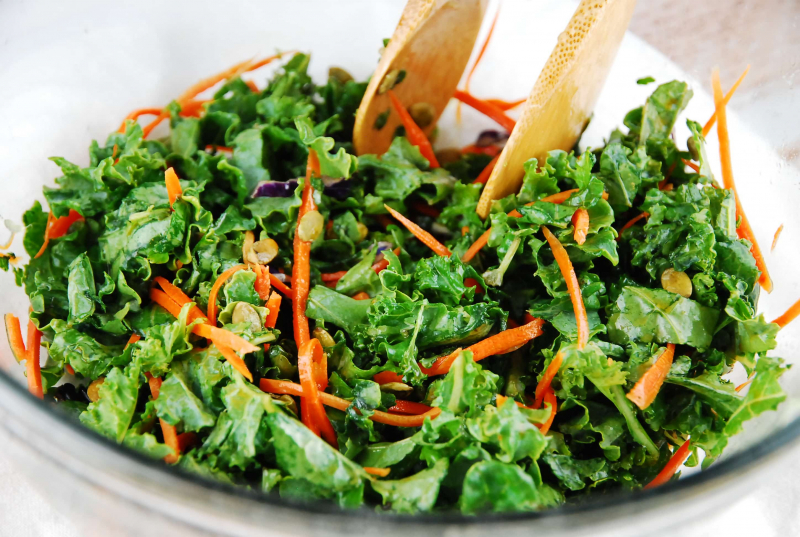
Lutein and Zeaxanthin, which are powerful antioxidants, are high in kale -
Kale has a number of properties that make it good weight-loss food. It has low total calories but still has enough bulk to make you feel satisfied. Eating foods with a low-calorie density can aid weight loss by making you feel full before you eat too many calories. Most veggies are low in calories, and one cup of raw kale has just 33 calories. Kale has a low energy density due to its low calorie and high water content.
Numerous studies have indicated that eating a lot of low-energy-density foods will help you lose weight. Kale also has a small protein and fiber content. When it comes to reducing weight, they are two of the most crucial nutrients. Even though no studies have directly tested the benefits of kale on weight reduction, it seems reasonable that it may be a beneficial addition to a weight loss diet. Make vegetable soup using low-sodium chicken broth, tomato paste, onions, carrots, celery, chicken breast, and kale for a low-calorie lunch.
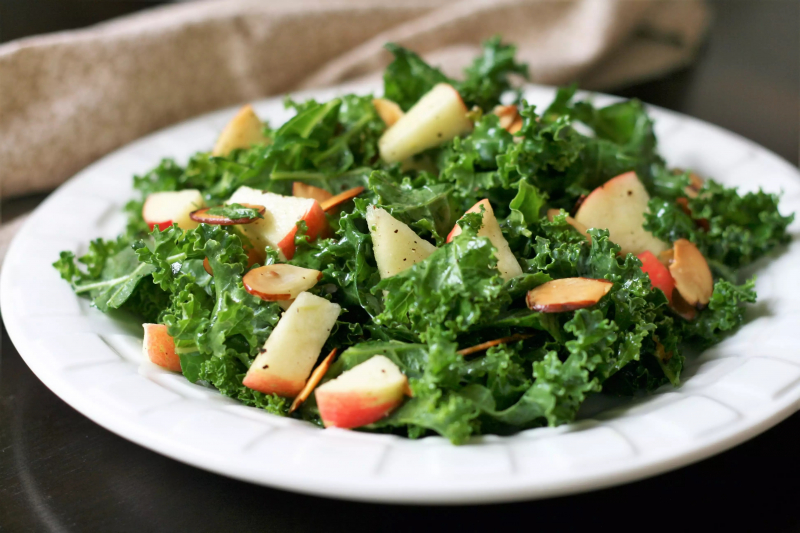
Kale should be able to aid weight loss 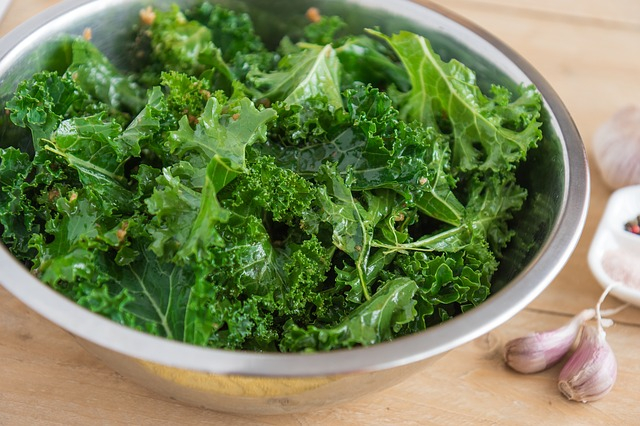
Kale should be able to aid weight loss












